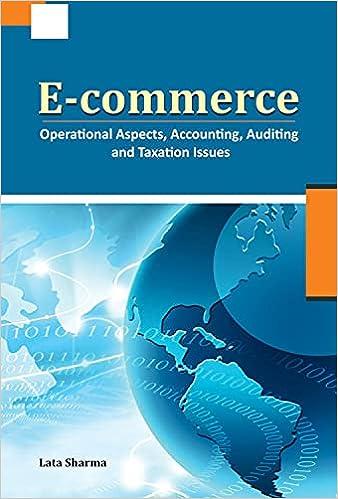Required information [The following information applies to the questions displayed below.) Laker Company reported the following January purchases and sales data for its only product. The Company uses a perpetual inventory system. For specific identification, ending inventory consists of 370 units from the January 30 purchase, 5 units from the January 20 purchase, and 15 units from beginning inventory. Date Activities Units Acquired at Cost Units sold at Retail January 1 Beginning inventory 220 units @ $ 14.50 = $ 3,190 January 10 Sales 170 units @ $ 23.50 January 20 Purchase 170 units @ $ 13.50 = 2,295 January 25 Sales 200 units $ 23.50 January 30 Purchase 370 units@ $ 13.08 = 4,810 Totals 768 units $ 10, 295 378 units Required: 1. Complete the table to determine the cost assigned to ending inventory and cost of goods sold using specific identification 2. Determine the cost assigned to ending inventory and to cost of goods sold using weighted average 3. Determine the cost assigned to ending inventory and to cost of goods sold using FIFO. 4. Determine the cost assigned to ending inventory and to cost of goods sold using LIFO. Complete this question by entering your answers in the tabs below. Specific is Weighted Average FIFO LIFO Determine the cost assigned to ending inventory and to cost of goods sold using FIFO. Perpetual FIFO Goods Purchased Cost of Goods Sold Inventor Balance Complete this question by entering your answers in the tabs below. Specific td Weighted FIFO LIFO Average Complete the table to determine the cost assigned to ending inventory and cost of goods sold using specific identification, Specific identification Available for Sale Cost of Goods Sold Ending Inventory Purchase Date #of units Ending Cost Per Activity of units Cost Per Unit COGS sold Inventory Ending Cost Per Unit Units Inventory Cost January 1 Beginning inventory 220 January 20 Purchase 170 January 30 Purchase 700 5 Unid 370 0 D 0 Weighted Average Weighted Specific Id FIFO LIFO Average Determine the cost assigned to ending inventory and to cost of goods sold using weighted average. (Round cost per unit to 2 decimal places.) Weighted Average - Perpetual Goods Purchased Cost of Goods Sold Inventory Balance Date Cost per #of units Cost per # of units Cost of Goods sold unit Sold # of units Cost per unit Inventory Balance unit January 1 220 at $ 14.50 $ 3,190.00 January 10 January 20 Average cost January 20 January 25 January 30 Totais Specified BEO Required information Average Determine the cost assigned to ending inventory and to cost of goods sold using FIFO. Porpetual FIFO: Goods Purchased Cost of Goods Sold Inventory Balance Date Cost per # of units Cost per # of units Cost of Goods Cost per unit unit # of units sold Sold Inventory Balance unit January 1 220 at $14.50 = $ 3,190.00 January 10 January 20 Total January 20 January 25 Total January 25 January 30 Totals Average Determine the cost assigned to ending inventory and to cost of goods sold using LIFO. Perpetual LIFO: Goods Purchased Cost of Goods Sold Inventory Balance Date Cost per # of units # of units Cost per Cost of Goods unit Cost per sold unit # of units Sold unit Inventory Balance January 1 220 at $ 14.50 = $ 3,190.00 January 10 January 20 Total January 20 January 25 Total January 25 January 30 Totals











